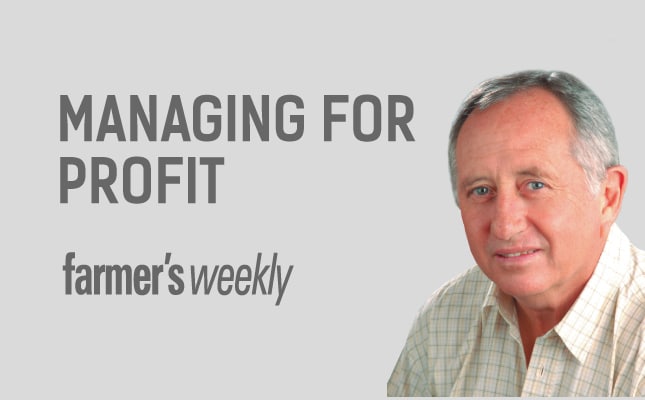
Professors Renato Tagiuri and John Davis created the highly regarded three-circle model of the family business in the 1990s.
The top circle (see diagram) is the family who controls the business. The left circle is the owners, those who have shares in the business. The right circle represents the people who manage the business.
Each group has its own clear, different and often competing interests. The family wants peace and harmony. The owners want fair returns and regular dividends. The directors and managers want good salaries and freedom to direct, manage and grow the business.
Three interlinked groups
It all seems quite straightforward. But it isn’t, of course, because the circles always overlap.
For example, some family members may not be shareholders and others not managers; some may be shareholders, but not directors or managers.
There may also be some people who are members of all three groups (family, owners and employees). Others may be managers only, with no family links and no ownership.
What may be good for one group may not be good for the other, and the more individuals who enter the arena, in a second- or third-generation business, for example, the more fraught with potential conflict the business becomes.
There is really only one way to maintain family harmony and simultaneously build a great family business: establish clear responsibilities and ensure disciplined decision-making.
Without clarity and agreement as to who is responsible to whom for what, and maintaining strict discipline in this respect, the long-term future of the business will be bleak.
Here’s how these three groups should be managed:
- The family: Family matters are not part of the business, and the family is not the supreme authority. It operates alongside the other interest groups and it should spend its time developing family unity, eliminating conflict that may spill over into the business, and developing family talent. As noted in my previous article (see FW, 29 June 2018), family discussions should take place in a formal council that involves the wider family and meets routinely. Family matters and relationships are a work-in-progress and require constant review and attention.
- The owners: Here we have the supreme authority in the business. These people set the vision, values and goals of the business. They select the board members, and normally meet with the board once a year at the annual general meeting, where they receive the year-end report and make the decisions about dividend payments.
- The board: The directors are responsible to the owners for taking the business forward in accordance with their wishes, and for delivering on the goals set. It is here that the strategic thinking and planning takes place and where corporate structures and governance are overseen. The directors have the crucial task of selecting, appointing and supporting the CEO. They normally meet quarterly to review business performance and future strategies.
- The management: This is the engine room, run by full-time managers led by the CEO. They are responsible to the board, and report, usually monthly, to the directors, keeping them informed on matters affecting the future of the business. By keeping family and business decisions separate, you stand a good chance of building a great, long-lasting business that remains under the control of your family.
If, on the other hand, you mix them up, you are looking for trouble.
Peter Hughes is a business and management consultant with 30 years’ farming experience.







